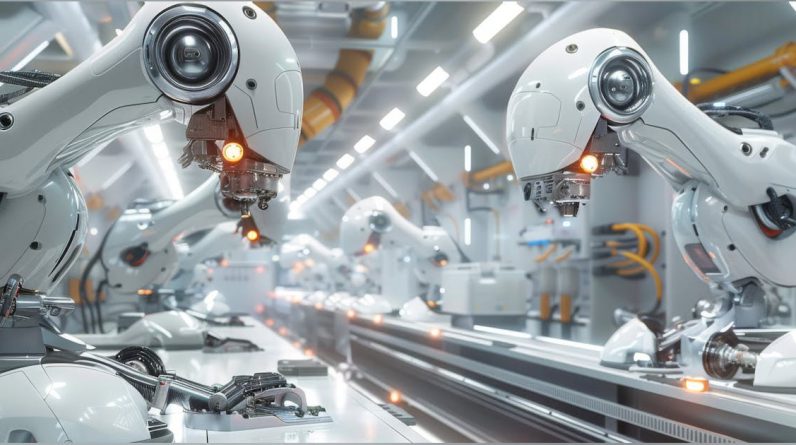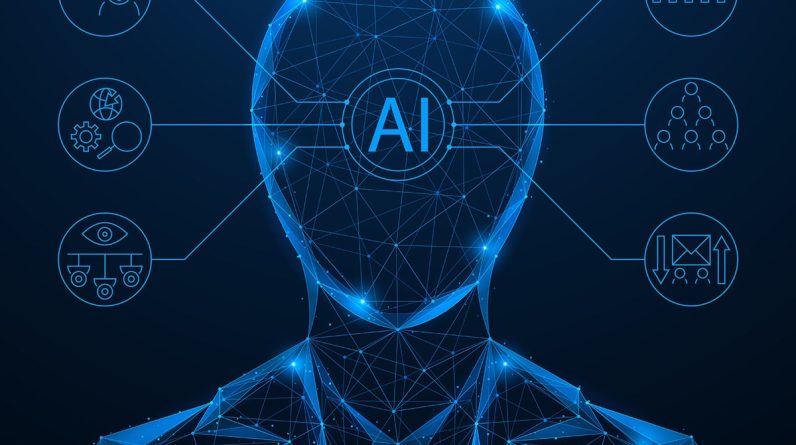
Robots also have superior accuracy when completing tasks, which means they can get the job done exactly as it’s supposed to do without faltering, leading to fewer errors. They also can provide real-time data, so managers can intervene when an issue is detected.
Safety. Many warehouses and manufacturing plants handle heavy machinery and hazardous materials. Instead of putting human workers at risk, robots can do the heavy lifting and tackle the more dangerous tasks, helping reduce accidents. Some robots can even monitor the floor and send alerts when a dangerous issue has been detected.
Labor costs. While robots do not typically replace human workers entirely, current technologies allow them to work alongside humans, increasing performance and productivity. For example, some labor-intensive tasks might typically require multiple people, but robots means the number of workers can be reduced. Because robots can get more done in less time, this also negates the need for a larger workforce – and that can help manufacturers streamline work schedules and reduce labor costs.
Job creation. Adding on to that point, with fewer workers in production positions, manufacturers can focus on hiring workers with knowledge of AI, data analysis, and robotics. This means more manufacturing jobs for higher-skilled workers who handle programming, controlling, and maintaining the robots.
Employee satisfaction. Another benefit of human-robot collaboration in manufacturing is that it allows workers to do more without overexerting themselves. Manufacturing is labor-intensive work, but with robots handling the more difficult and tedious tasks, human workers can have more time and energy to focus on tasks requiring a more personal touch. This can help to alleviate a lot of workplace stress and lead to happier, more satisfied employees.
Applications for robotics in manufacturing
Material handling. Robots can handle and transfer various types of materials, including those that are too heavy for humans or hazardous materials that could pose health risks. Because robots never get tired, they can move materials easily and consistently throughout the day, from one location to another. They also can help with loading and unloading materials onto trucks or into machinery.
Processing operations. AI-driven robots can be programmed to assist with various tasks on the production line, including welding, painting, sawing, carving, drilling, and polishing. Robots are also very precise and accurate when using materials to perform tasks, such as paint, meaning they use only the exact amount needed, which can help reduce waste and overconsumption of resources.
Assembly. Robots are particularly useful when put to work on assembly lines. Putting together various parts to make a finished product can take a lot of time, but robots can streamline this process, doing it much faster and more accurately, reducing production times and errors.
Quality control. Because they are equipped with advanced vision systems, manufacturing robots are often employed to perform inspections to improve quality control. They can identify errors and defects faster and more accurately than the average human, ensuring every part of the product is exactly as it should be before it’s shipped out.
Monitoring. Industry robots are not only used to create products but also for monitoring to improve operations and drive smart decision-making. For example, some AI-driven robots are used for inventory control, monitoring stock levels, and sending real-time alerts when something is running low and needs to be re-ordered.








